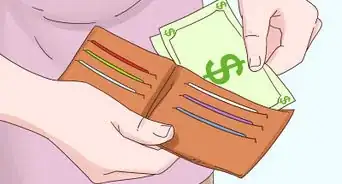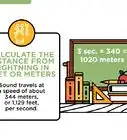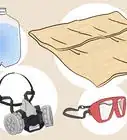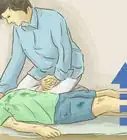This article was co-authored by Direct Relief. Direct Relief is an award-winning humanitarian aid organization, active in all 50 states and more than 80 countries. They focus on helping people affected by emergencies and natural disasters. Direct Relief has been highly rated by Charity Navigator, GuideStar, and the Center for High Impact Philanthropy at University of Pennsylvania, for their effectiveness, efficiency, and transparency.
This article has been viewed 35,462 times.
When you're in the midst of a hurricane, good communication can make a world of difference.
By preparing yourself beforehand and following certain ground rules during the storm itself, you can stay connected with the people you love and ensure that everyone gets through the hurricane safely.
Steps
Getting Ready for the Hurricane
-
1Download news and emergency apps. If you have a smart device, download specialty apps that can connect you with emergency service organizations or give you news updates related to the hurricane. Along with TV and radio broadcasts, these programs will help you stay informed during the storm. Some apps to check out include:[1]
- The Red Cross' Hurricane App.
- Weather Underground, a storm tracking app.
- Waze, a traffic and road closure app.
- The FEMA emergency preparedness app.
-
2Buy a backup battery and car charger for your phone. During a major storm, you'll want your phone to have power at all times. To make sure this happens, purchase a backup battery in case your phone runs out of juice and keep a car charger in your vehicle in case your house loses power.Advertisement
-
3Keep digital and written lists of important phone numbers. During a hurricane, you won't have a lot of time to look up individual phone numbers. Therefore, put any numbers you know you'll need into your phone beforehand. Keep a written list of important numbers as well in case your phone runs out of power or breaks during the storm.
- To make communication as quick and easy as possible, adjust your phone's speed dial settings so each number connects to an important contact.
- If possible, laminate your written list so it doesn't get destroyed by rain or floodwater.
-
4Choose someone outside of the danger zone as a central contact. While in the midst of the storm, checking up on everybody yourself may not be possible. Instead, establish an emergency contact beforehand that lives outside of the affected area. This ensures that everyone has a secure person to report to and get updates from.
- To make sure everyone has updated information, check in with your central contact regularly.
- If you don't know anybody outside the danger zone, set up a group chat via text message, instant messenger, or social media so you can contact lots of people at once.
-
5Keep a cheap backup phone in your emergency kit. This will give you an extra lifeline in case your main phone breaks, gets lost, or becomes otherwise unusable. Store this burner phone in a secure, waterproof container, and make sure to include a charger, SIM card, and anything else the device requires to operate.[2]
- Look for inexpensive emergency phones at used electronics stores.
- By law, all cell phones must be able to make 911 calls whether you pay for a wireless subscription or not.
- Consider buying a prepaid or pay-as-you-go SIM card so you can call family and friends during emergencies without paying a monthly service bill.
Staying Connected during the Storm
-
1Use text messages instead of phone calls whenever possible. During major hurricanes and similar emergency situations, cell towers get bombarded with a ton of phone calls. This causes network congestion, meaning that your calls may not get through. However, text messages take up a lot less data and have a far better chance of sending properly.[3]
-
2Make phone calls in case of emergencies. Though texts are your best bet for staying in touch with people during the storm, they are not suitable for emergency situations. If you need immediate assistance from a hospital, fire department, police department, rescue team, or crisis relief organization, call 911 or a specialty hotline immediately.
- Even if your area offers a text-based 911 service, do not rely on it during the storm.
-
3Wait at least 10 seconds between calls if you can't get through. Due to the intense amount of cellular congestion, your call may take a few tries to go through successfully. However, redialing immediately after a failed call will create a greater burden on the network, lowering your chances of getting through. To avoid this, wait at least 10 seconds between each call attempt.
-
4Make calls while stationary to prevent dropped connections. During hurricanes and similar emergency situations, cell towers have a harder time keeping track of your phone. To minimize the chances of your connection dropping, avoid making calls while walking around or riding in a vehicle.
-
5Communicate via the Internet if your calls and texts won't go through. If you can't get any cell service during the hurricane, or if the network is simply too congested to use, see if you can still access the Internet. If you are able to, try using social media apps like Facebook or dedicated messaging apps like Skype to stay in touch with people.[4]
-
6Stay with family and friends in case communication outages occur. During particularly bad hurricanes, power, cellular, and Internet outages may prevent any form of long-distance communication. In case something like this happens, try to stay with close friends or family members at all times, reducing the number of people you need to get ahold of.
References
- ↑ http://www.miamiherald.com/news/weather/hurricane/article171814457.html
- ↑ https://www.makeuseof.com/tag/4-good-reasons-get-emergency-burner-phone/
- ↑ https://qz.com/1073521/hurricane-irma-how-to-prepare-for-limited-cell-service-and-reach-people-during-the-storm/
- ↑ https://qz.com/1073521/hurricane-irma-how-to-prepare-for-limited-cell-service-and-reach-people-during-the-storm/
About This Article
Since cell towers often become congested during hurricanes, try to limit your calls to emergency service requests only. Instead, use texts to communicate since they require less data and are far more likely to go through than calls. If you have to make a call, try to do it while stationary and leave at least 10 seconds between each call attempt. In situations where neither calls nor texts will go through, try using social media and instant messenger apps. For tips on preparing your phone for the hurricane and setting up a central emergency contact, read on!
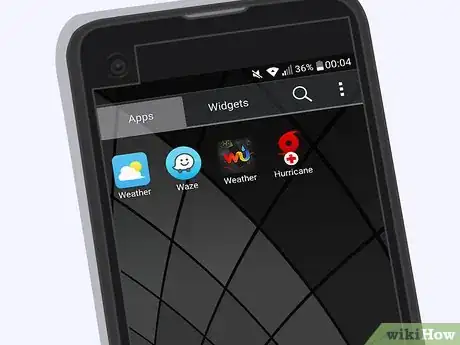
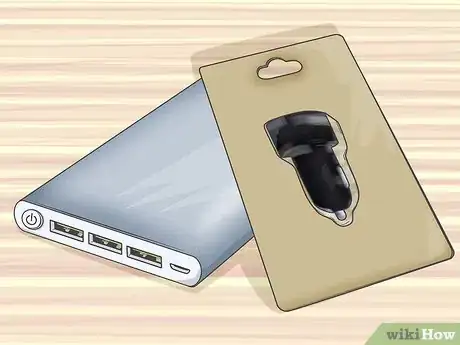
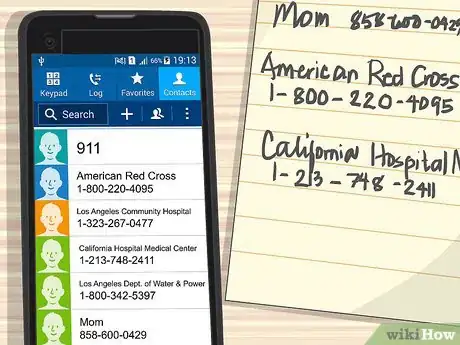
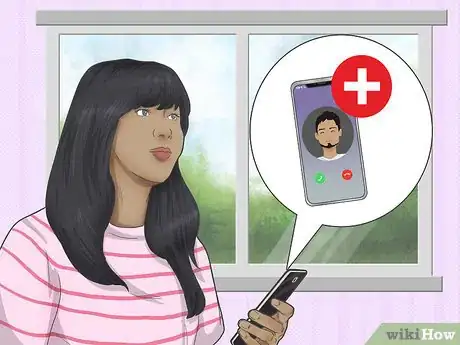


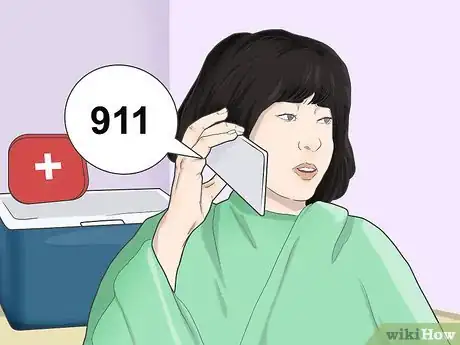
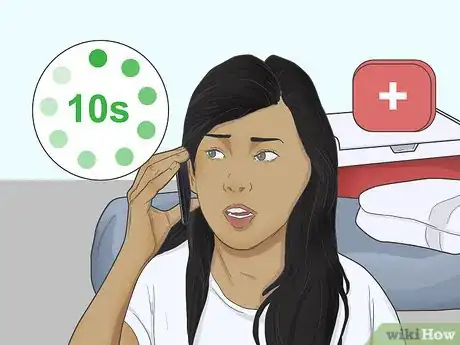
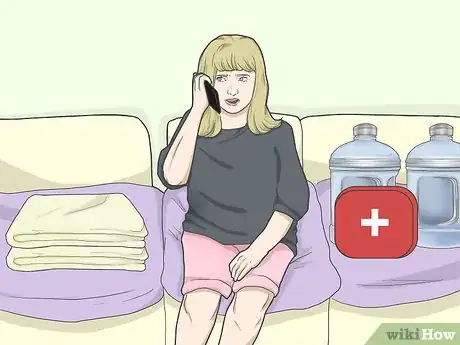
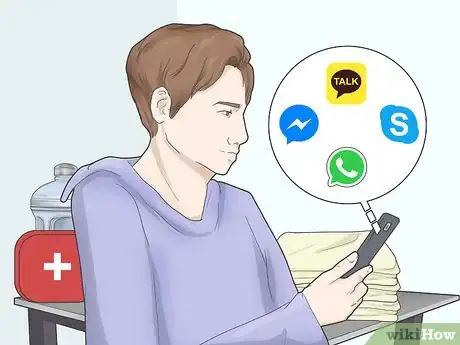


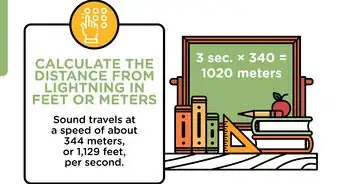
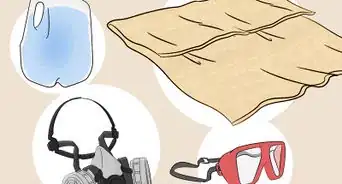


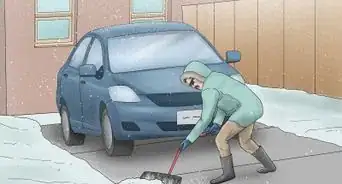
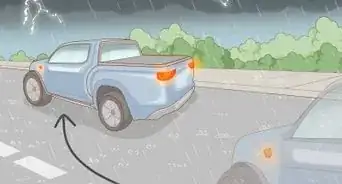
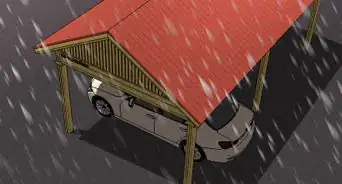
-Step-13.webp)

